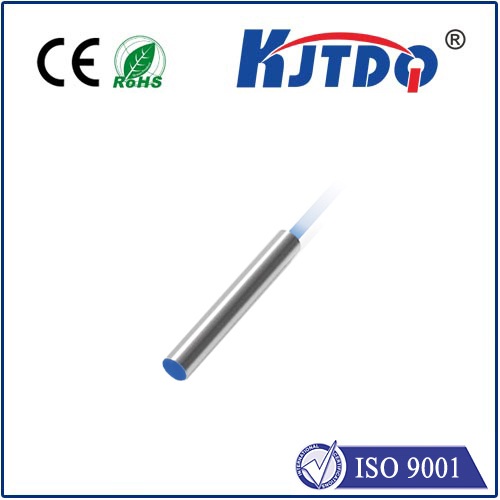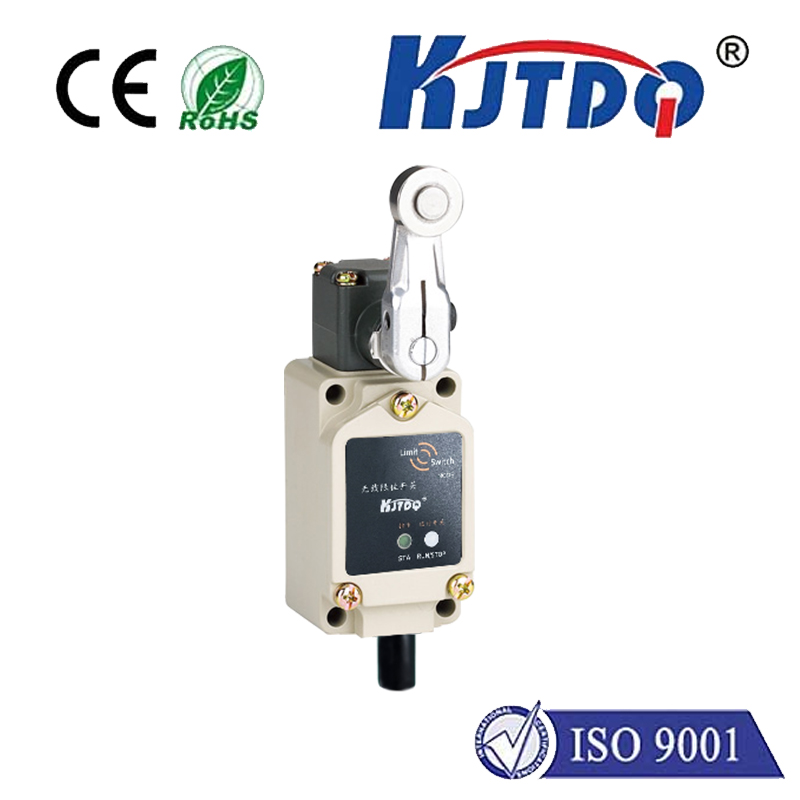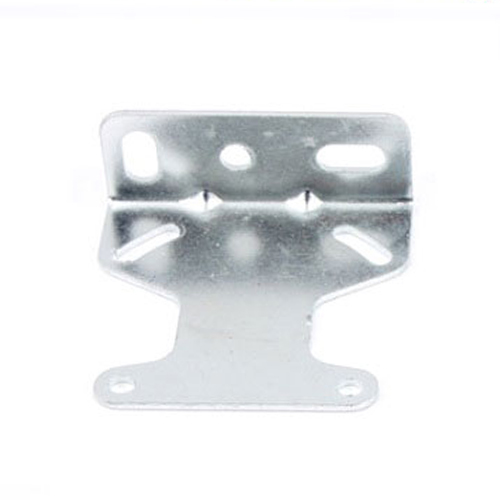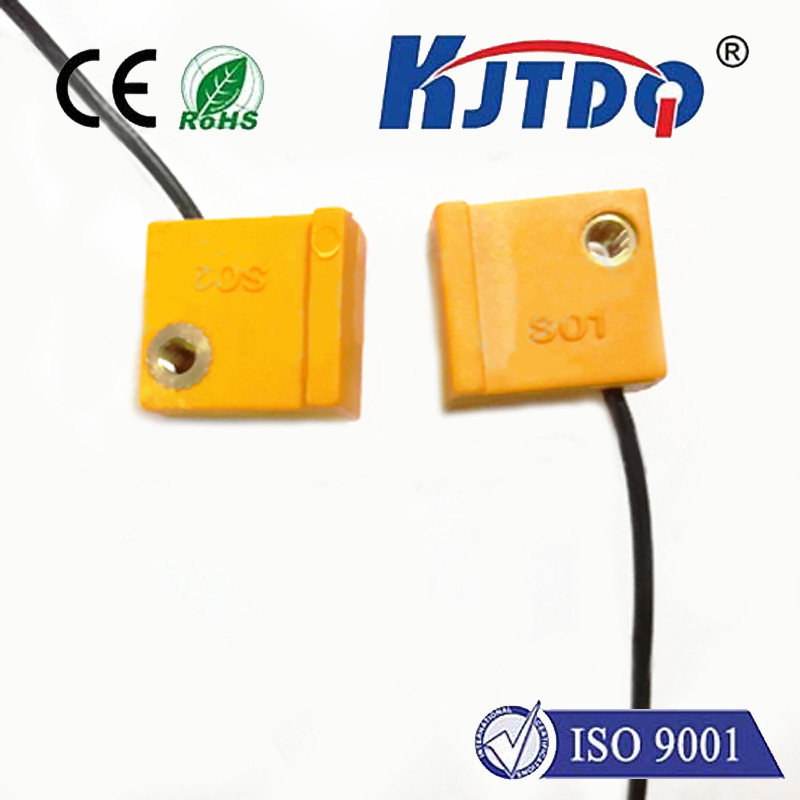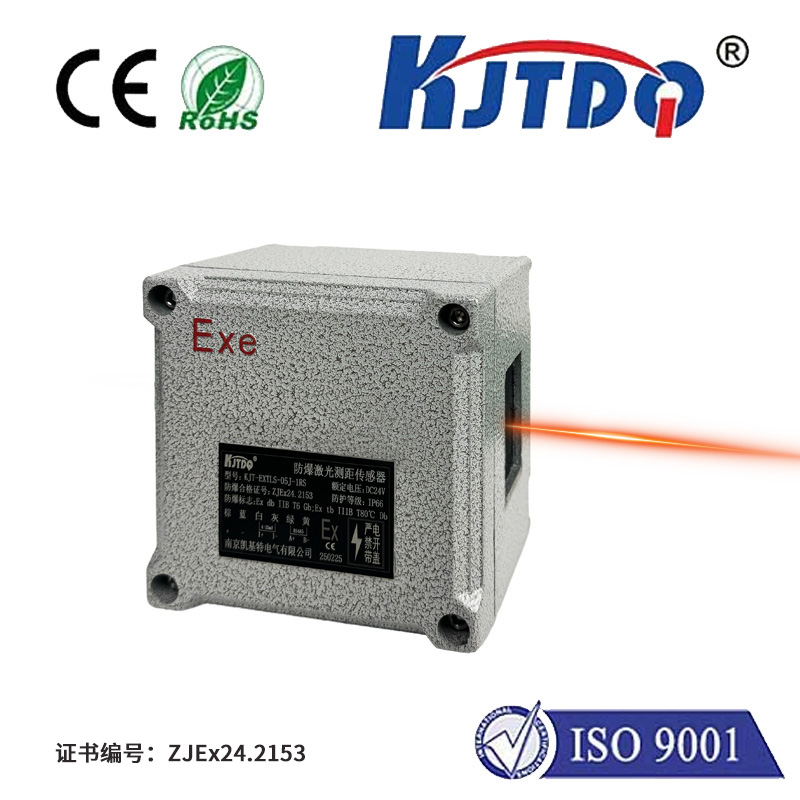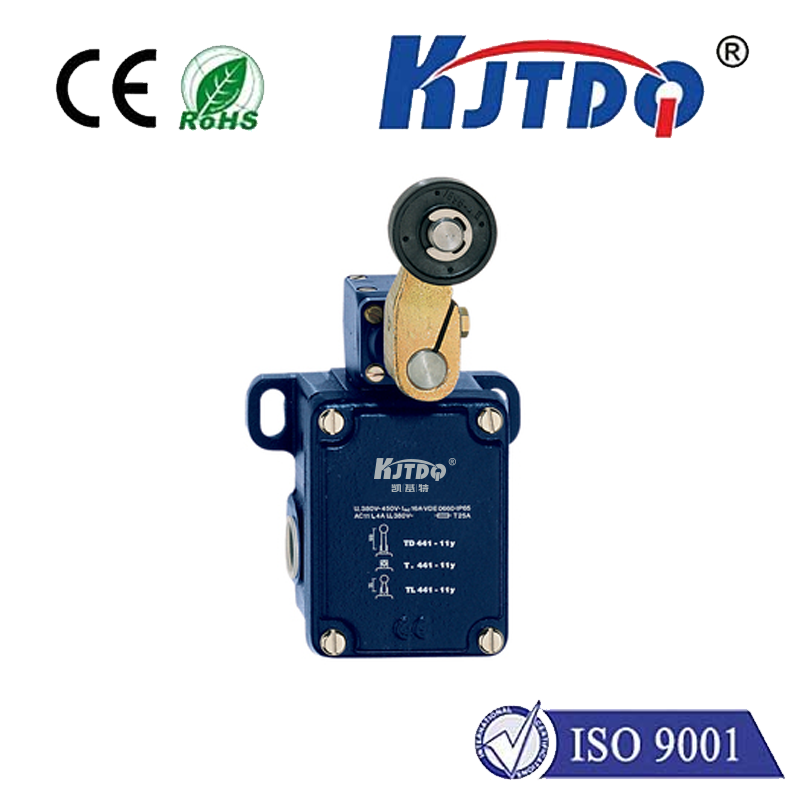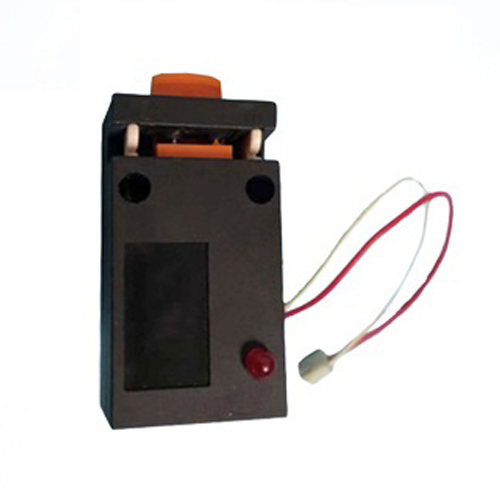

check

check

check

check

check

check

check

check

check

check
Pressure transmitters, also known as pressure transducers or pressure sensors, play a critical role in the automation of industrial processes. These devices convert pressure into a signal that can be easily measured and monitored. They are vital for ensuring safety, efficiency, and quality control across various industries, from oil and gas to manufacturing and beyond. In this article, we explore how pressure transmitters work, their applications, and why they are indispensable in today’s technological landscape.
A pressure transmitter is essentially a device that senses pressure and transforms it into an electrical signal. This signal is then transmitted to control rooms, where operators can monitor and manage the pressure levels within systems such as pipelines, tanks, and vessels. There are different types of pressure transmitters, each designed to withstand varying pressure ranges and environmental conditions. The most common types include strain gauge, capacitance, and piezoresistive pressure transmitters.

In the oil and gas sector, pressure transmitters are used to monitor the pressure within wells, pipelines, and refineries. This ensures that operations run smoothly and helps prevent potentially disastrous accidents caused by pressure fluctuations. In the manufacturing industry, these devices help maintain optimal conditions for chemical reactions, ensuring product consistency and quality. They are also used in pharmaceuticals to ensure sterilization processes are conducted under the precise pressure required. Moreover, pressure transmitters are essential in the automotive industry where they monitor tire pressure, engine oil pressure, and other critical systems. In smart buildings, they help in regulating HVAC systems, thereby contributing to energy savings and occupant comfort.
With advancements in technology, modern pressure transmitters come equipped with features like wireless connectivity, which allow for real-time monitoring and data logging. This has significantly improved the efficiency of maintenance schedules, as issues can be detected and addressed before they lead to system failures. Additionally, integrating pressure transmitters into broader automation systems enables predictive analytics, further enhancing operational safety and reducing downtime.
Pressure transmitters also play a key role in environmental monitoring. For instance, they are used in weather stations to measure atmospheric pressure, which is crucial for accurate weather forecasting. Similarly, in marine applications, they monitor the depth and pressure of underwater structures, aiding in the prevention of underwater accidents and facilitating underwater exploration. By providing precise pressure data, these devices contribute to more sustainable practices through better resource management and environmental protection.
In summary, pressure transmitters are fundamental to the operation of countless systems across various industries. Their ability to accurately measure and communicate pressure data is integral to ensuring safety, efficiency, and sustainability. As technology continues to evolve, so too will the capabilities of pressure transmitters, solidifying their importance in our increasingly automated world. Whether in maintaining the integrity of pipelines or enabling smarter building systems, pressure transmitters remain at the forefront of industrial innovation.
